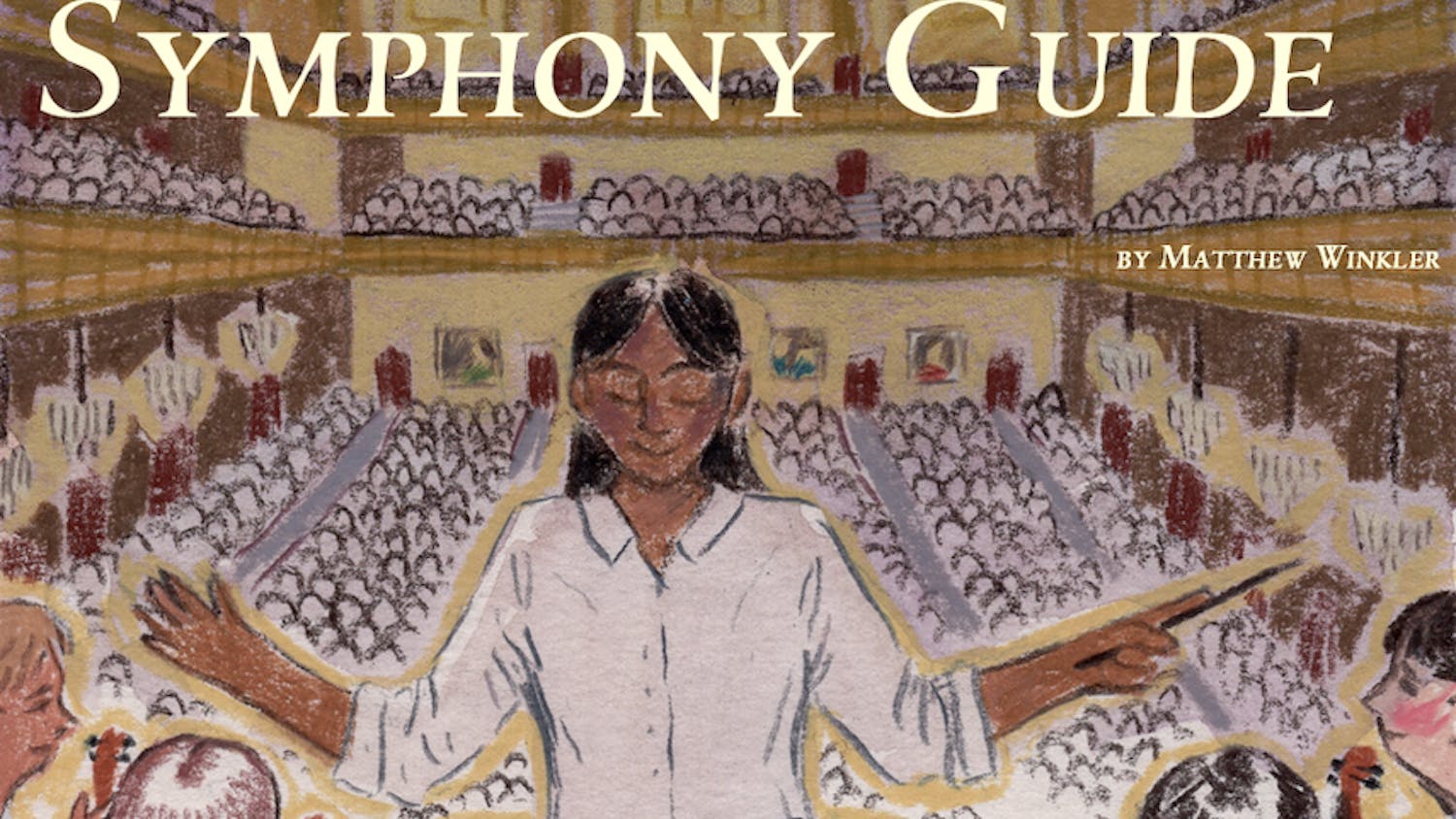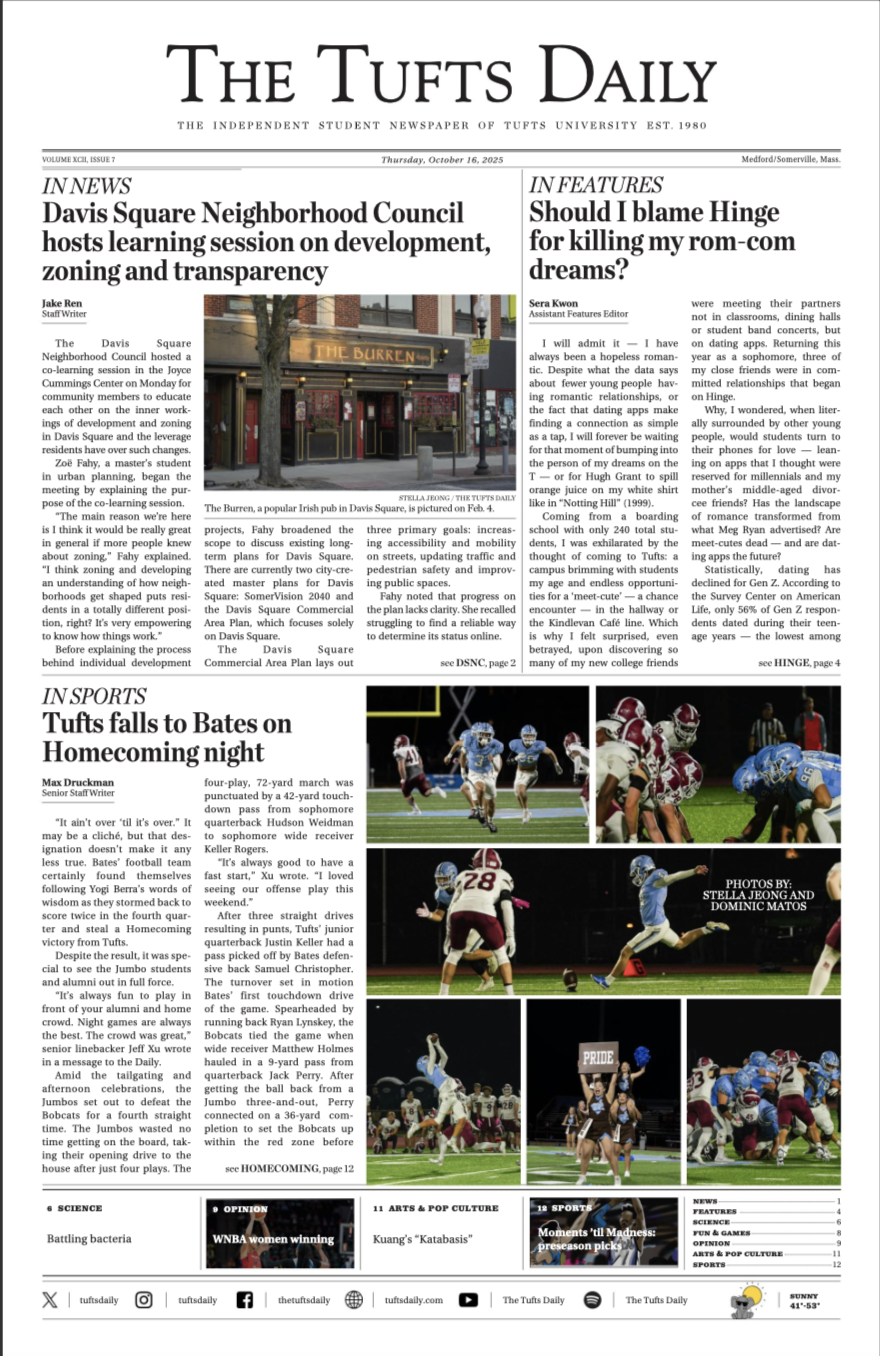The story is one of the most famous of all: two star-crossed lovers from Verona, struck by misfortune and divided by their feuding families, choose to die together rather than live without each other. This month, the Mill 6 Theater Collaborative resurrects this Shakespearean classic in an all-male adaptation.
Mill 6's production, appropriately titled "Shakespeare's R&J," is directed by Barlow Adamson and was originally adapted for the stage by playwright Joe Calarco. Rather than just recasting the play to account for all male actors, Calarco instead chooses to set his version in a boys' boarding school: four students sneak out after curfew to perform their own reading of the tragic love story.
Adapting the difficult language and archaic turns of phrase of Shakespeare's plays for the modern stage is never easy. But Calarco does a fine job of reinterpreting the original story and the cast of the Mill 6 production brings it alive. All four actors play numerous parts throughout the reenactment (as well as their expository "schoolboy" characters), and their contagious enthusiasm and energy leaps off the stage.
The production is mostly bare -- some boxes, a chest, a platform against a brick wall -- but the simplicity of the set makes the seemingly improvisational performance all the more realistic. Similarly, there are almost no props of which to speak: a single red scarf plays the part of swords in the duels, poison from the apothecary, and the ultimate happy dagger in the final scene. This lack of complicated accoutrements surprisingly adds to the piece, allowing the imaginations of the individual audience members to run wild.
The play itself opens simply enough, with schoolboys racing through their day, doing sums and conjugating Latin, but after the final bell, the four friends sneak out from their dormitory to read an old copy of Shakespeare's "Romeo and Juliet." The performance is intentionally stiff at first, but as the characters begin to get into their parts and the story starts to come alive, the audience and the schoolboys alike are caught up in the timeless words of the tragic play.
While all the characters of "Romeo and Juliet" were played by male actors back in the heyday of the Globe Theater, the decision to use such a cast today automatically associates the play with modern issues like gay marriage and attitudes towards homosexuality. Even though these questions were never present in the original script, it's hard to watch their friends' disapproval of "Romeo" and "Juliet's" first kiss without wondering how much of the ire comes from Montague versus Capulet and how much is the schoolboy's discomfort with homosexuality.
However, the production thankfully stays away from the didactic, and the actors let the simplicity of the love story state their case for them. By the end of the play, the action on the stage is so enthralling that the gender of the actors is barely noticeable; the story, the tragedy, is first and foremost, no matter the players.
Each one of the four actors is notable for their abilities to bring a modern edge to a 17th century play. In too many remakes of Shakespeare, one leaves wondering whether or not the actors really got all the jokes, but Tyler Hollinger (Mercutio, Lady Capulet, Friar Lawrence) and Jeremy Johnson (Tybalt, the Nurse) leave no question that they fully understand the script's humor.
Hollinger especially is exceptional in his ability to take on different exaggerated roles, and he switches between his characters so flawlessly that the audience doesn't even flinch as he abandons the stuffed shirt of Juliet's mother for the sauntering persona of Romeo's best friend Mercutio. Adam Soule (Romeo) and Spencer Christie (Juliet) are also more than believable in their performance, both as love struck teenagers in Verona and tentative schoolboys experimenting with life and the Bard for the first time.
Though the setting is Calarco's, all the dialogue comes directly from Shakespeare. Lines from "Romeo and Juliet" are deftly adapted to supply most of the dialogue. Calarco also throws in bits and pieces of famous speeches from other plays including "The Tempest" and "Midsummer Night's Dream." Fans of Shakespeare will love the chance to show off their knowledge by laughing at all the jokes (like when one of the boys spontaneously quotes Puck), and everyone else will simply appreciate the powerful language.
This may not be a performance for the most hardcore Shakespeare purists - many scenes and characters are truncated to allow for the four-man cast - but the well-adapted script and the simple production are a worthy rendition of a timeless story. Whether this is the first time you've seen a version of "Romeo and Juliet" or the tenth, "Shakespeare's R&J" is unique enough to warrant a second look.
The Mill 6 Theater Collaborative production of "Shakespeare's R&J" is playing at the Devanaughn Theater (791 Tremont Street, Boston's South End) until Mar. 27. Tickets are $12 with student ID and can be purchased at the door or through www.theatermania.com. 617-240-6317.
More from The Tufts Daily





